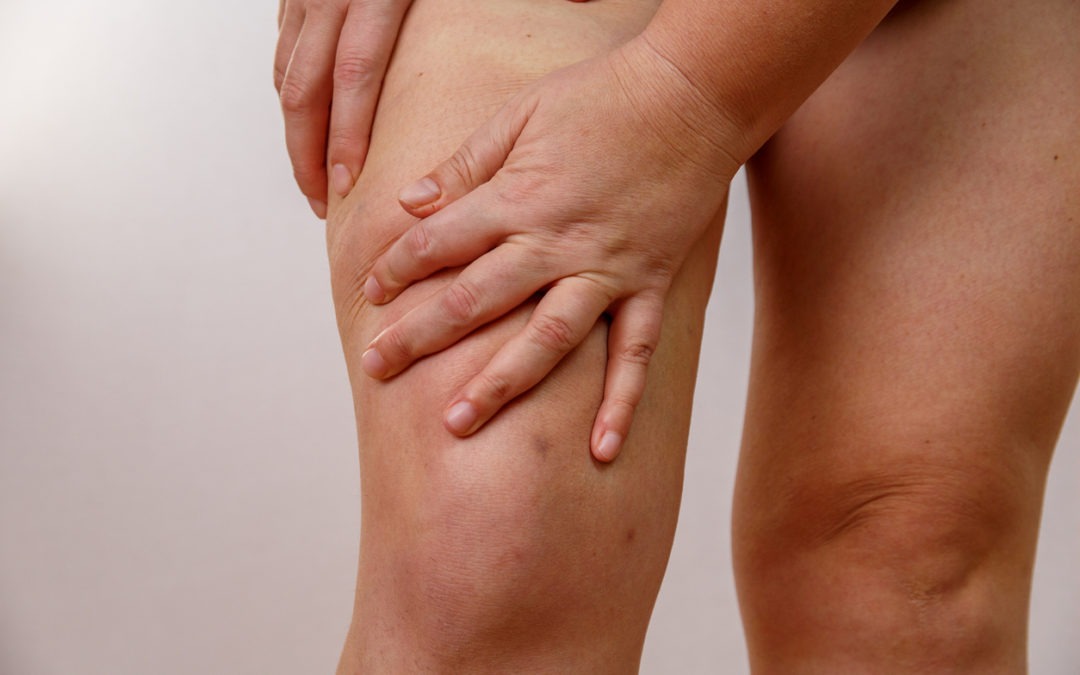Lymphedema is an irregular lymphatic fluid collection in your tissues just underneath your skin. The swelling often occurs in the leg or arm, however, it could also occur in other areas of your body like your chest, breast, genitals and head and neck. It develops when you have a region of your body where your lymph nodes and lymphatic vessels are impaired or missing, becomes burdened with lymphatic fluid.
Lymphatic fluid is typically transported in your body by a considerable network of nodes and vessels. When your vessels are malformed or damaged, there’s a chance the lymphatic fluid won’t be transported adequately and might lead to fluid backing up in the tissues of your body. Swelling occurs when fluid overflows in your tissue. It’s this swelling that’s referred to as lymphedema.
These Are The Causes of Lymphedema
Your lymphatic system is important for maintaining the health of your body. It:
- Circulates lymph fluid rich in protein throughout your body
- Collects bacteria
- Collects waste products
- Collects viruses
Your lymphatic system then carries the harmful substances and the lymph fluid through your lymph vessels, leading to lymph nodes. Lymphocytes ( your lymph nodes’ infection-fighting cells) then filter out the wastes and ultimately flushes them from your body.
When your lymph vessels can’t drain lymph fluid adequately, typically from your leg or arm, it results in lymphedema. Lymphedema can be primary or secondary, meaning it could occur by itself (primary) or it could be caused by another condition or disease (secondary). Secondary lymphedema is more common than primary lymphedema.
Primary Lymphedema Causes
Primary lymphedema is an inherited, rare condition involving a problem with your body’s lymph vessels development cause. Certain primary lymphedema causes include:
- Lymphedema praecox (Meige’s disease): This condition frequently causes lymphedema during pregnancy or around puberty, however it could occur later on, around age 35.
- Congenital lymphedema (Milroy’s disease): This condition starts in infancy and causes abnormal formation of lymph nodes.
- Lymphedema tarda (Late-onset lymphedema): This rarely occurs and typically starts after you reach 35 years old.
Secondary Lymphedema Causes
Any procedure or condition that causes damage to your lymph vessels or lymph nodes can lead to lymphedema. Causes include:
- Cancer radiation treatment: Radiation could cause inflammation and scarring of your lymph vessels and lymph nodes.
- Surgery: Injury to or removal of your lymph vessels and lymph nodes might lead to lymphedema. For instance, a doctor might remove your lymph nodes to check for breast cancer spreading and surgery involving your limbs’ lymph nodes might injure your lymph nodes.
- Infection: A lymph node infection or parasites could restrict lymph fluid flow. Infection-related lymphedema is more common in subtropical and tropical regions and is more likely to result in developing countries.
- Cancer: If you have cancer cells blocking lymphatic vessels, it could result in lymphedema. For example, a tumor that grows close to a lymph vessel or lymph node can become big enough to block lymph fluid flow.
Is It Possible to Prevent Lymphedema?
The impacted limb is more susceptible to skin infections because the lymphocytes supply (which fights infection) is decreased.
If you take measures to reduce your risk of grazes and cuts to your skin, your risk of subsequent infections might be substantially reduced. It could help to take the following measures:
- Avoid steam rooms, sunbeds and saunas.
- Following treatment for cancer, avoid heavy activity with the impacted limb and keep it rested while you recover.
- Don’t wear tight-fitting clothing.
- Don’t take extremely hot showers or baths.
- Don’t wear tight-fitting jewelry.
- Keep your nails short.
- Don’t go outdoors barefoot.
- Use gloves when you work in the garden.
- Avoid blood draws, blood pressure checks or injections in the impacted limb.
How to Treat Lymphedema
To help treat lymphedema, your doctor may suggest:
- Compression devices: These devices are compression sleeves that attach to a pump that works by automatically applying and removing pressure on your limb to prevent lymph buildup. It works on a timed schedule.
- Compression garments: Compression sleeves apply pressure to your impacted limb for helping circulate lymph fluid.
- Bandages: Wrapped in a specific way, bandages can help force lymph fluid toward your body’s trunk. You might also wear them for helping to prevent the lymph fluid from flowing back into your impacted limb.
- Exercise: Gentle exercise could help with lymph drainage and could strengthen your impacted limb.
- Massage: A specially trained expert can lightly massage the area to help with moving the fluid from swollen areas to other areas where your working lymph vessels can transport it away.
Lymphedema has no cure and it’s a progressive disorder. To some extent, the severity of your symptoms will determine the outlook. By maintaining a healthy lifestyle that includes movement or exercise and a balanced diet, you can decrease the buildup of fluid and stimulate lymph flow. The doctor will discuss your best treatment option.
Contact Schulman Vein Center
Finding the right vein treatment involves finding the right doctor. Dr. Schulman at Schulman Vein Center strives to deliver all his patients with the best, quality and personalized care possible. He offers minimally invasive procedures that minimize downtime and reduce pain and discomfort. Learn about our lymphedema treatments here at Schulman Vein Center.

